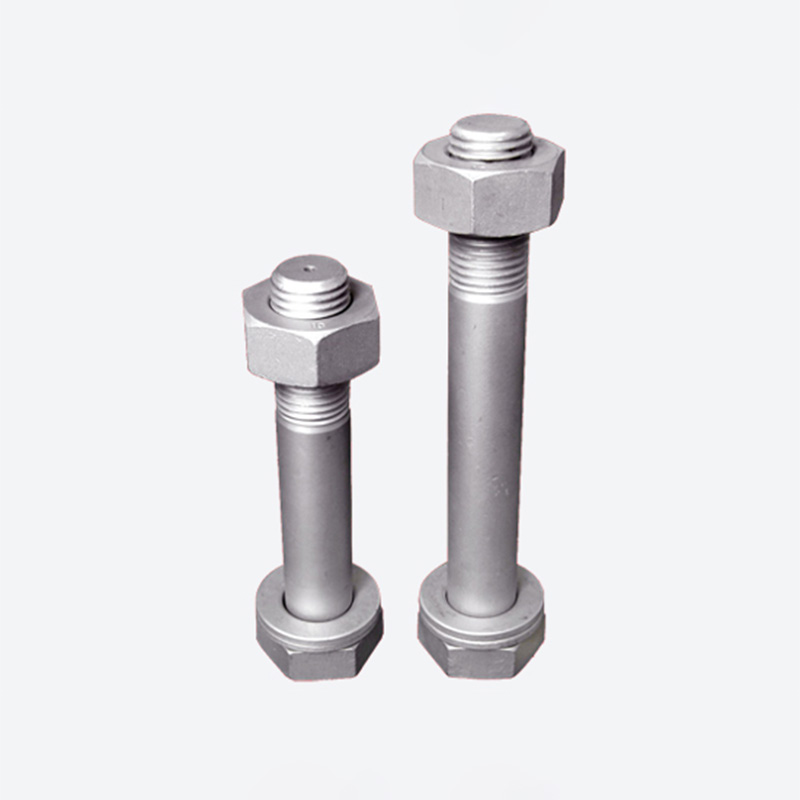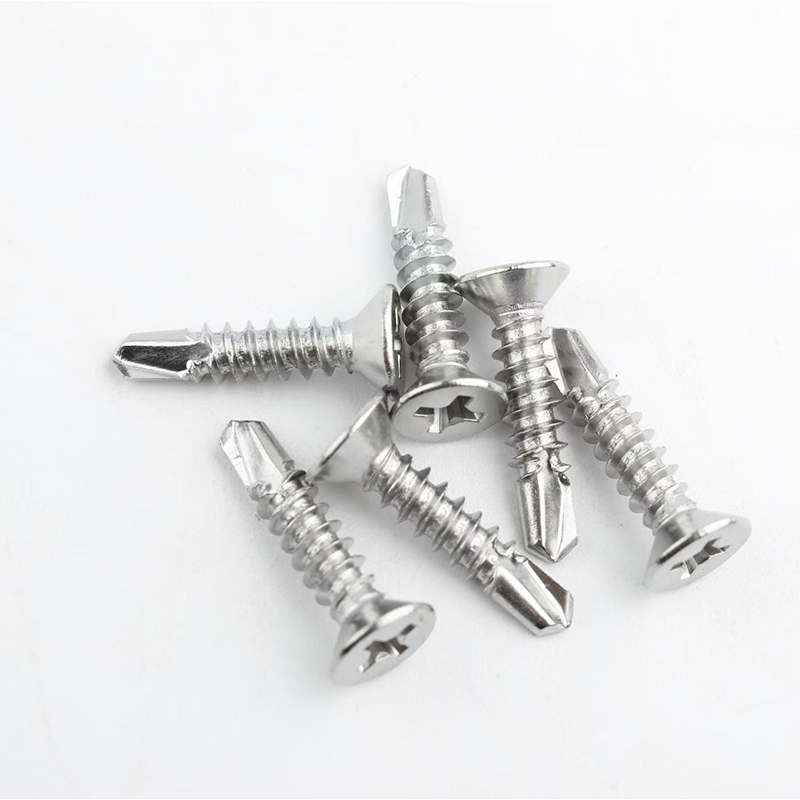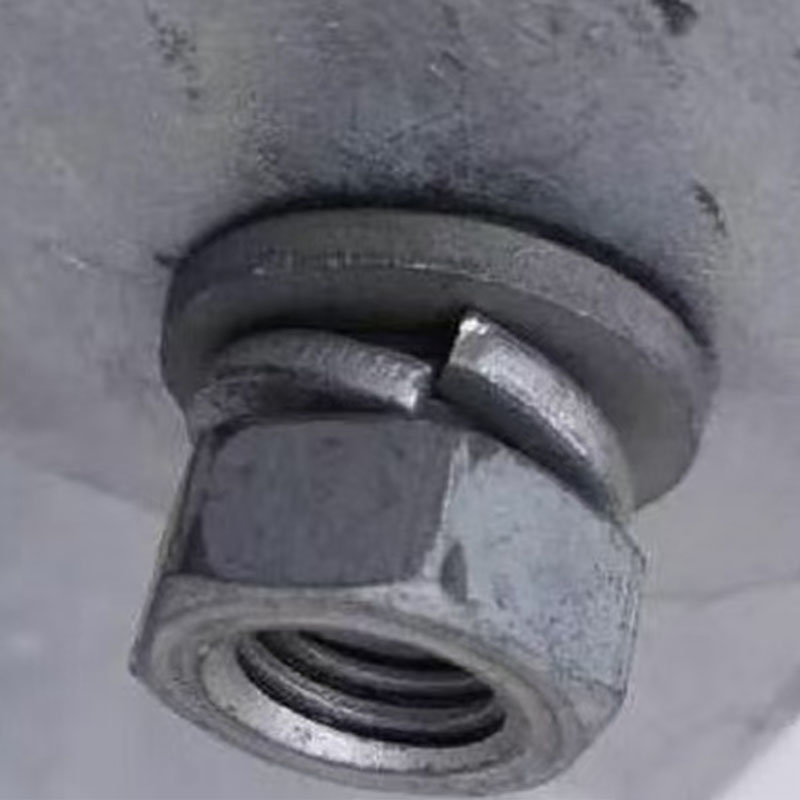- English
- Chinese
- French
- German
- Portuguese
- Spanish
- Russian
- Japanese
- Korean
- Arabic
- Irish
- Greek
- Turkish
- Italian
- Danish
- Romanian
- Indonesian
- Czech
- Afrikaans
- Swedish
- Polish
- Basque
- Catalan
- Esperanto
- Hindi
- Lao
- Albanian
- Amharic
- Armenian
- Azerbaijani
- Belarusian
- Bengali
- Bosnian
- Bulgarian
- Cebuano
- Chichewa
- Corsican
- Croatian
- Dutch
- Estonian
- Filipino
- Finnish
- Frisian
- Galician
- Georgian
- Gujarati
- Haitian
- Hausa
- Hawaiian
- Hebrew
- Hmong
- Hungarian
- Icelandic
- Igbo
- Javanese
- Kannada
- Kazakh
- Khmer
- Kurdish
- Kyrgyz
- Latin
- Latvian
- Lithuanian
- Luxembou..
- Macedonian
- Malagasy
- Malay
- Malayalam
- Maltese
- Marathi
- Mongolian
- Burmese
- Nepali
- Norwegian
- Pashto
- Persian
- Punjabi
- Serbian
- Sesotho
- Sinhala
- Slovak
- Slovenian
- Somali
- Samoan
- Scots Gaelic
- Shona
- Sindhi
- Sundanese
- Swahili
- Tajik
- Tamil
- Telugu
- Thai
- Ukrainian
- Urdu
- Uzbek
- Vietnamese
- Welsh
- Xhosa
- Yiddish
- Yoruba
- Zulu
- Kinyarwanda
- Tatar
- Oriya
- Turkmen
- Uyghur

He pehea te tipu haere o nga tira whakamaroke-whaiaro?
2025-08-15
He ahua noa te tarai-a-whaiaro, engari kei te huri haere tonu. Mai i nga rauemi whakanikoniko ki nga hoahoa mahunga auaha, kei te urutau enei wiri ki nga tono hou mo te hanga. Me tirotirohia nga mea e tupu ana i roto i tenei whenua hurihuri-i tua atu i nga whakatikatika hanganga ki o raatau ahuatanga ohorere.
Te Maramatanga ki nga Taketake
Ina whakaaro nga tangata patipati-whaiaro drywall tīwiri, he maha nga wa ka whakaarohia e ratou te ngawari. Engari he nui ake i raro i te mata. I te nuinga o te wa ka mahia mai i te rino maro, ka tapahia e enei miro o ratou ake miro hei rauemi, kia pai ai te whakaurunga. Heoi, ehara i te mea ngawari te tikanga o te koretake.
I te roanga o te waa, ko nga kaihanga penei i a Handan Shengtong Fastener Manufacturing Co., LTD kua whakamahine i enei wiri hei whakarei ake i nga mahi. Kua aro nui ratou ki te hoahoa miro hei whakapai ake i te hopu me te whakaiti i te wa whakauru. Ka miharo koe ki te nui o te paanga o te tweak iti ki te hua me te haumaru.
Ko nga hoahoa mahunga tetahi atu ahuatanga e tipu haere ana. Mai i nga upoko pupuhi e whakaiti ana i te haehae pepa ki nga upoko papatahi e tuku ana i te tapawha, ka taea e enei ahuatanga te huri keemu i roto i nga horopaki motuhake. Ko nga huringa e whakatutuki ana i nga mahi rerehua me te whaipainga, e whakanui ana i nga hiahia o te kaiwhakamahi.
Nga Taonga Hou
Ko te neke ki nga rauemi kaha ake he tohu whanaketanga nui. He mea noa te rino paerewa, engari kei te piki haere te whakaurunga o nga paninga konutea, tae noa ki nga momo kowiri tira. E pa ana ki te mauroa i roto i nga taiao kanorau—mai i te makuku nui ki nga ahuatanga kino.
Hei tauira mo nga kaupapa i nga takutai moana he take nui te waikura. Ko te huri ki te whakakikorua, ki te kowiri tira ranei ka tino roa te roa o te oranga o te kaupapa. Kare pea te rereketanga e kitea tonutia engari he mea nui i roto i te waa.
Kua tirotirohia e Handan Shengtong Fastener Manufacturing Co., LTD enei whiringa rauemi i runga i ta raatau paetukutuku, ma te whakamarama i nga painga motuhake ka tukuna e ia whiringa (tirohia konei). Ka whai hua tenei matauranga ki nga tohunga e whai ana kia roa te roa o a raatau mahi.
Nga Tikanga Miro
Ko nga tikanga miro matatau kei te huri i nga hurihanga-whaiaro. He aro nui ki nga miro koi, tino tika te hanga e pai ake ai te uru ki te papanga maroke. Ko tenei ka whakaiti i te kaha e hiahiatia ana i te wa o te whakaurunga, ka whakaiti i nga whara i te wa.
Ko nga miro ehara i te mea ngawari noa engari mo te haumaru. Ko te miro i hangaia pai hei aukati i te tihorea, he mea tino nui ki te mahi me nga taonga ngawari. Whakaarohia kei waenganui i tetahi kaupapa me te kore o nga hakihaki - he aitua tena kaore tetahi e hiahia.
Heoi, i etahi wa he uaua. Ko te nui o te koi o te koi ka pakaru mai nga papa pakarukaru. He maamaa te toenga, e hiahia ana ki te whakatikatika me nga mahi hou mai i nga kaihanga.
Nga wero o te ao
I roto i te mara, ehara i te mea mo nga taarua tino tika - engari mo te ahua o te haere i roto i nga ahuatanga ohorere. He pai rawa te mahi a te tiwiri paopao whaiaro i roto i nga whakamatautau taiwhanga engari ka pa ki nga take ohorere i te wa e tono ana.
Hei tauira, ka taea e nga momo titonga whakamaroke te pa ki te mahi wiri. Ko nga taumata o te makuku, nga rereketanga kiato, tae atu ki nga paanga o te whakaurunga ka pa mai nga paanga ohorere. He mea nui te maarama ki enei taurangi—me te waahi ka puta nga kaihanga mohio.
Ko te noho rite ki nga momo whiringa wiri me te whai whakaaro ngawari ko nga mea matua ki te hinga i enei raru. He mea a Handan Shengtong Fastener Manufacturing Co., LTD e whakanuia ana i roto i ana momo momo hua.
Te heke mai
Ma te titiro whakamua, ka tipu haere tonu nga tiwiri whakamaroke-whaiaro. Kei te kite matou i te hurihanga ki nga hangarau atamai, i te mea kua whakauruhia e nga wiri nga pūoko hei tātari i te pono o te hanganga. Ko enei mahi hou he pakimaero putaiao i te tekau tau ki muri—kei te anga whakamua ratou ki te mooni inaianei.
Ma te aro ki nga awangawanga o te taiao, kei te tohe nga kaihanga ki nga tikanga pumau. Ko nga kaupapa hangarua, te whakaiti i te para, me nga tikanga whakangao pai kei te noho paerewa. Ehara tenei i te whakaiti noa i nga taumahatanga o te taiao engari e whakaatu ana i te kawenga hapori o nga umanga i roto i te umanga.
Hei mutunga, ko te kunenga mai o nga taapapa whakamaroke-whaiaro he tohu mo te whakapai tonu me te urutau. Ahakoa na roto i te whakanikoniko i nga rawa, i nga hurihanga hoahoa ranei, ka uru ki tetahi waahanga e tohe ana ki te hiranga, kua reri tonu ki te whakatutuki i nga wero.









